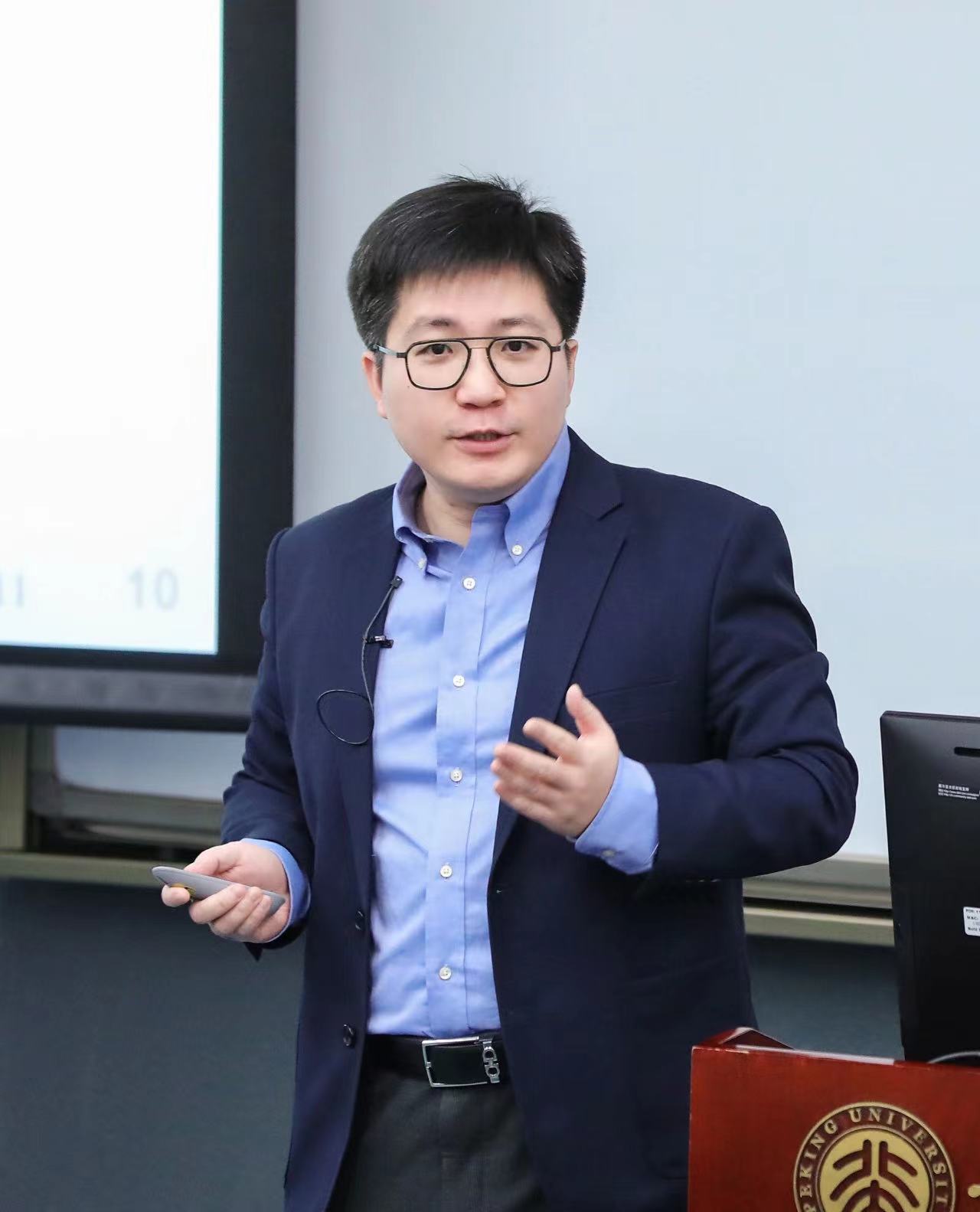Wenliang Huang
Associate Professor of Inorganic Chemistry
College of Chemistry and Molecular Engineering, Peking University
Address
Room A814, College of Chemistry and Molecular Engineering, Peking University, Beijing, 100871, China
Contact
Tel: +86-10-62755702
Email:wlhuang@pku.edu.cn
Click here for more information

